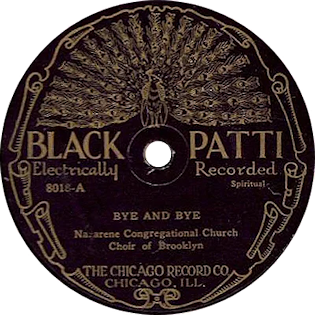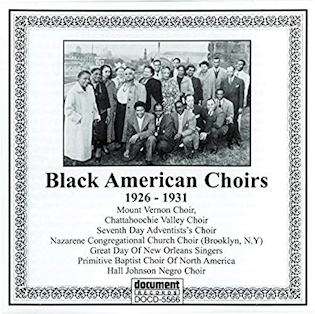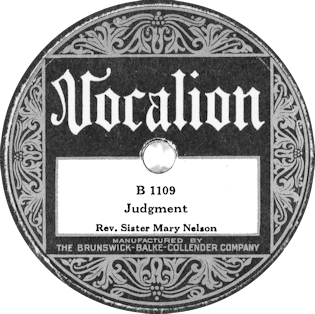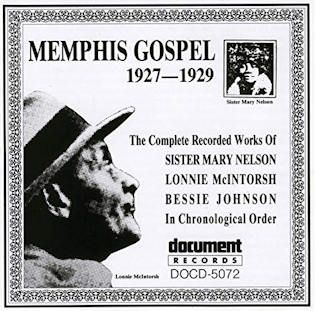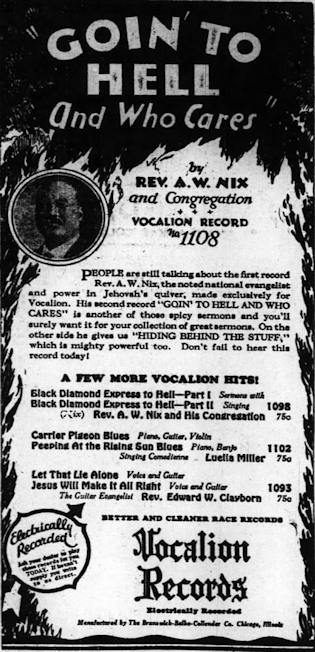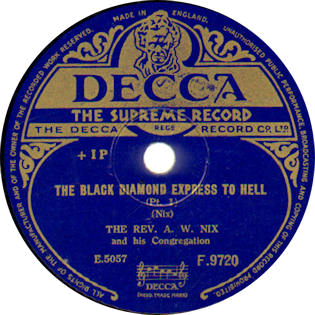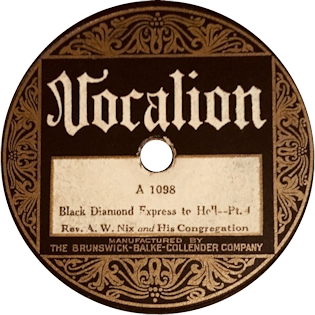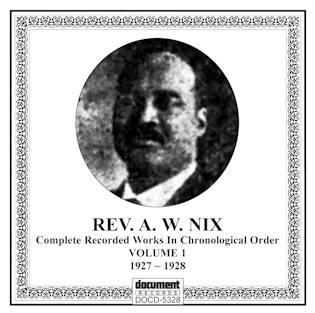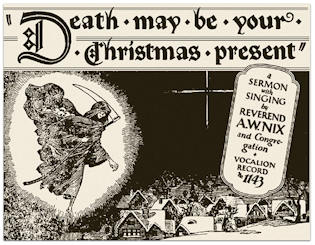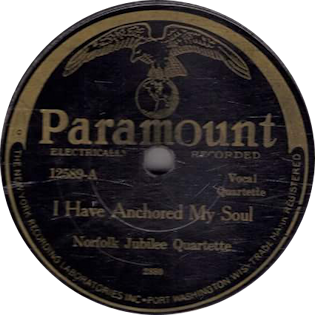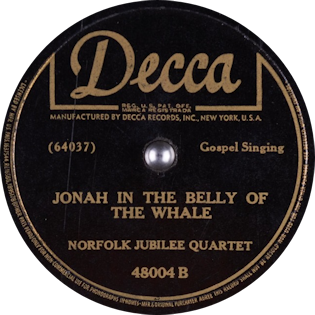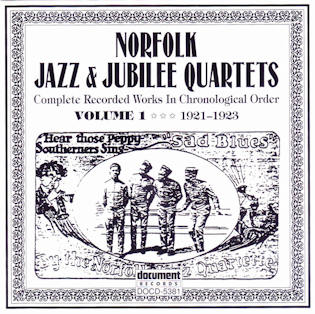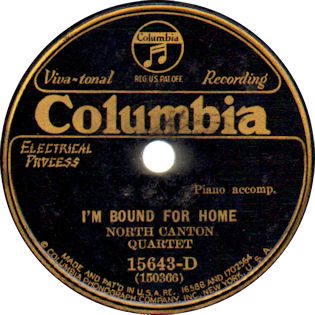 A B C D E F G H I J K L M N O P Q R S T U V W X Y Z
A B C D E F G H I J K L M N O P Q R S T U V W X Y Z
To help with further browsing click on the large ‘Initial’ to return to the Early Gospel Singers Introduction, or click another initial to take you to details of more early gospel singers.
____________________________________________________________________________________________________________________________
| Name: | Nazarene Congregational Church Choir |
| Location: | Brooklyn, NY |
| Biography Synopsis: | ? |
| Recording career: | ? |
| Most popular song(s): | ? |
| References / links: | ? |
| Images: | 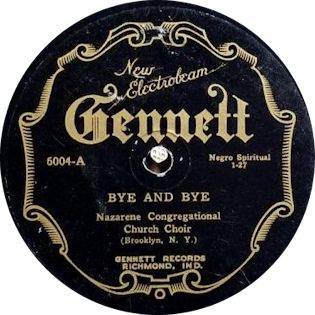 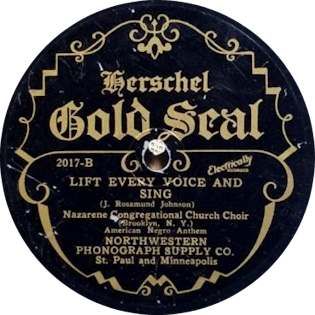
|
| Name: | Blind Gussie Nesbit |
| Location: | Spartanburg, SC |
| Born: | 1910 |
| Died: | 1995 |
| Biography Synopsis: | Gospel singer and guitarist |
| Recording career: | 1930 – 1935 |
| Most popular song(s): | |
| Musical Influences: | |
| References / links: | Discography of American Historical Recordings |
| Images: | 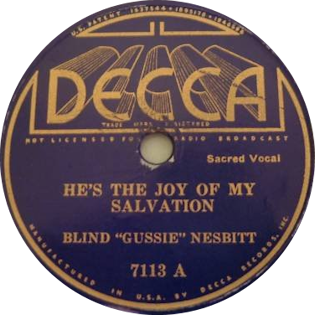 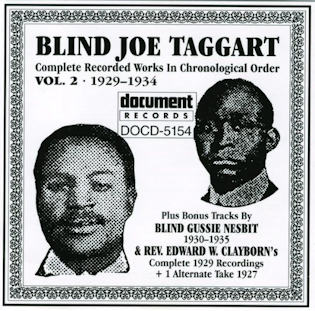 |
| Name: | Norfolk Jazz Quartet |
| aka: | Norfolk Jubilee Quartet (see below) |
| Name: | North Canton Quartet |
| Location: | Canton, GA |
| Biography Synopsis: | ? |
| Recording career: | 1927 |
| Most popular song(s): | “I’m Bound For Home” |
| References / links: | Discography of American Historical Recordings |
| Images: | 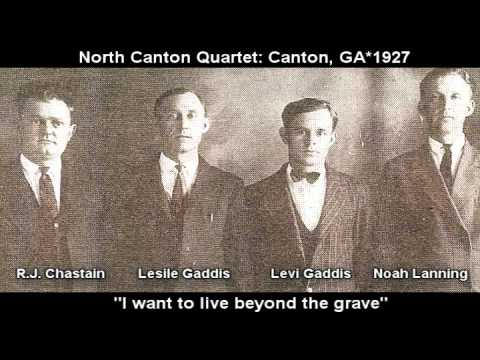
|
| Name: | North Carolina Cooper Boys |
| Location: | North Carolina |
| Biography Synopsis: | String band trio comprising Tom and Dewey Cooper with Clay Everhart |
| Recording career: | 1927 – 1931 |
| Most popular song(s): | Daniel in the Den of LIons |
| Musical Influences: | |
| References / links: | Discography of American Historical Recordings |
| Images: | 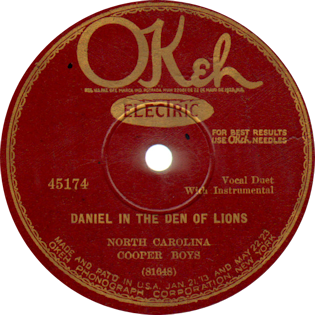 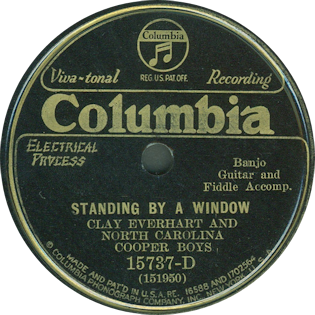 |
____________________________________________________________________________________________________________________________
 A B C D E F G H I J K L M N O P Q R S T U V W X Y Z
A B C D E F G H I J K L M N O P Q R S T U V W X Y Z
To help with further browsing click on the large ‘Initial’ to return to the Early Gospel Singers Introduction, or click another initial to take you to details of more early gospel singers.
____________________________________________________________________________________________________________________________
Please Note:
As this is a continuously developing website, several entries only give the names with no biographical details. Please be patient as these entries are included for completeness, indicating the details are ‘coming soon’ and will be added when time allows.
If there are any early (pre war) gospel singers missing from the lists that you think should be included, please email the details to alan.white@earlygospel.com. Thank you in advance for your assistance.

